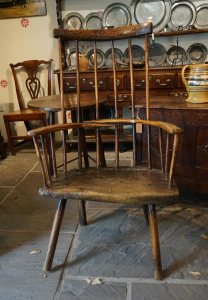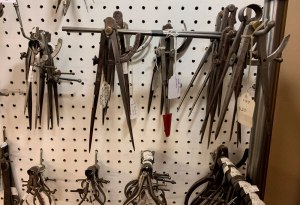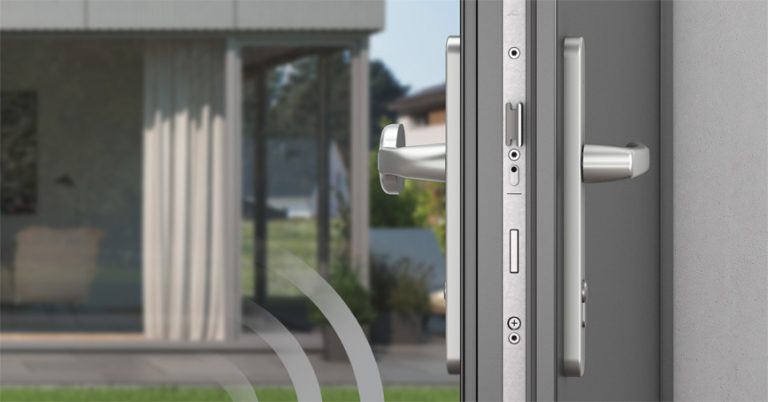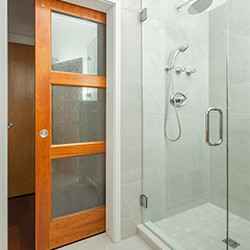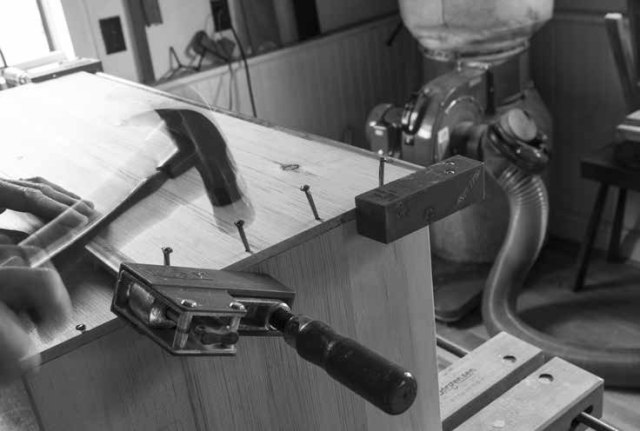Calling B&^^%@*t on Lost Art Press –
 Alternative headline: Is it too early to start drinking?
Alternative headline: Is it too early to start drinking?
Comment from a reader: I have to express my displeasure with your book sales process. For someone in search of increasing his/her knowledge of the craft, you miss a key point that I knew over my four decades as a teacher; books are meant to be used and consumed. Schools at all levels have a misguided policy of buying and reselling books, or renting books and fining students for any “damage” they imparted on the physical item. Books, in order to be truly useful to a learner, should be marked, highlighted, bent, etc. A book is meant to be used up.
For a woodworker hoping to apply knowledge in the shop, it does no good to have a collectable book, with cloth bindings and heavy weight paper. While I can appreciate that for some pieces of literature, instructional books that cost $40+ dollars are like creating an amazing workshop, then keeping it in pristine condition; no dust, no dents, no signs of use in fear of diminishing its original, valued condition.
The cheaper version of a PDF leaves one with the option of running back and forth between computer and shop, or printing out perhaps hundreds of pages to be transported and marked for reference. Neither is really a viable option in an instructional setting.
Making a more affordable paperback version would meet the needs of many, if not most woodworkers. If you were truly committed to educating those who wish to take up and preserve the craft, why would you not offer that option?
Response: Not sure what the point is you are making. I think what you are saying is that a book that costs $40+ dollars is by default a collectable and not used, dented and show signs of wear. We at Lost Art Press want everyone to use our books. All of my books show wear. We are not collectors, nor are we trying to create a market for collectors.
The books cost what they cost. We do the best we can with materials to produce a book that will last as long as the information contained in it. We also want the best information we can produce so given these two criteria the books come out at the prices we list.
We don’t build furniture with cheap plywood and MDF… we build everything we do with the best quality we can. I will grant you that both Deluxe Roubo books we put out could be collectibles, but that is why we do trade editions.
Lastly we are a business. If we don’t make money we stop producing books. We are not working so that everyone in the woodworking world can have the information we produce on the cheap. Our books are a bargain at the prices we charge.
And Back at Us: You either missed the point completely, or, more likely, the issue is about profit. “Books cost what they cost…” profound! My point is that it would be appreciated by many who seek instruction to have options somewhere between a PDF and instruction “printed on heavy #80-pound matte coated paper. The book is casebound and sewn so it lasts a long time. The hardback boards are covered in cotton cloth with a black matte stamp.”
The point is that masters of woodworking make their instructional materials available in paperback form for a reasonable profit. Why? For the preservation of the craft! For those who want to learn from someone as accomplished as Jim Tolpin, #80-pound matte paper doesn’t matter. It’s his revelations about the craft and its design that he hoped to pass along to others, not to have his work preserved in a cotton cloth hardboard cover. LAP’s 1st priority seems to be the profit to be made from selling a high item.
I don’t expect you to lower the price of these items; I’m just calling bullshit on what you’re attempting to do. Educators make knowledge more readily affordable.
